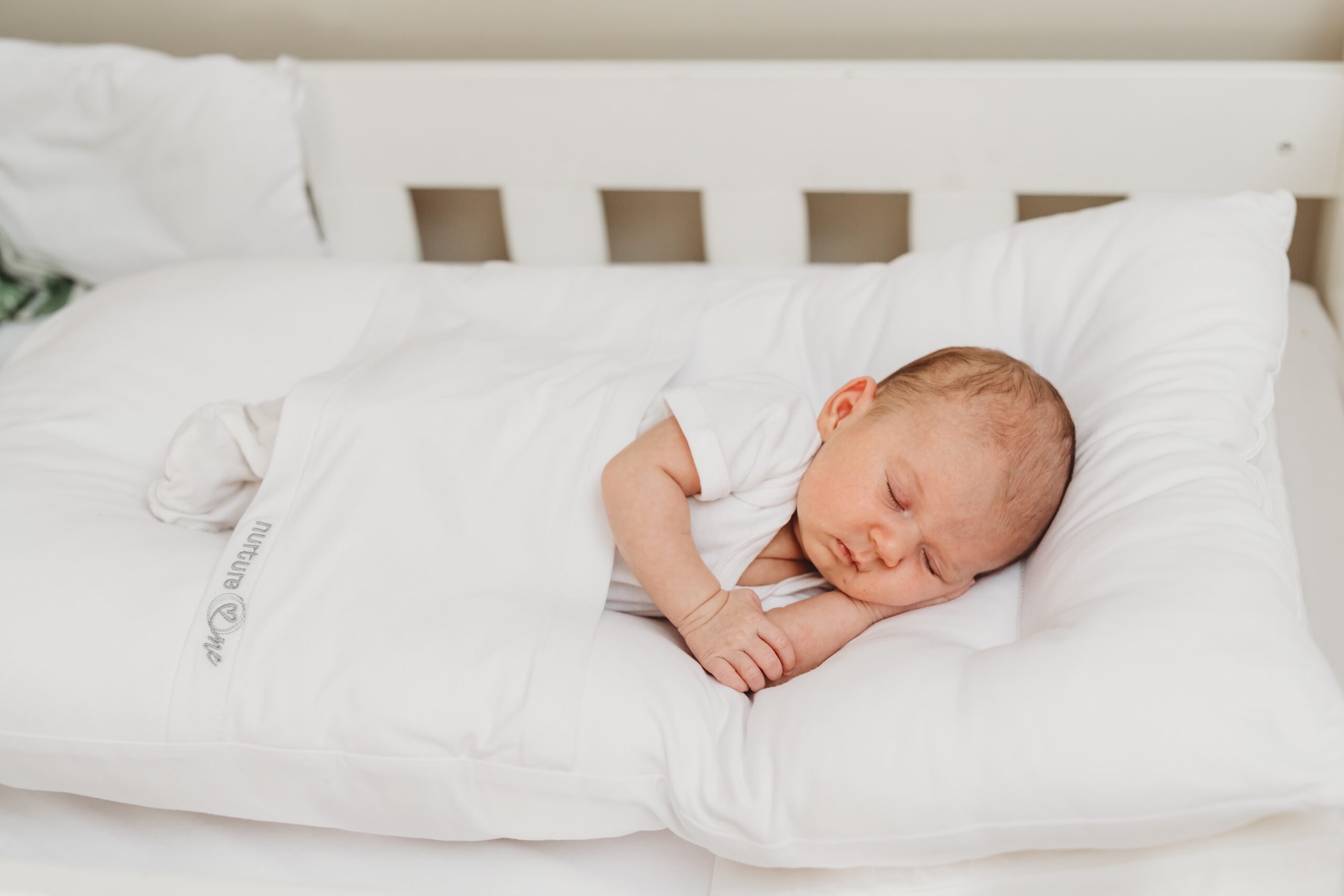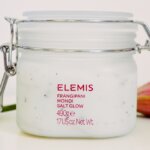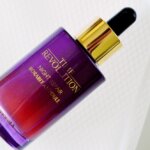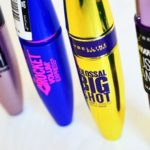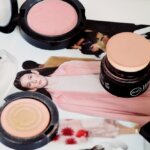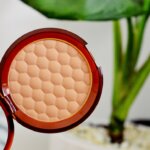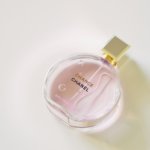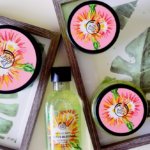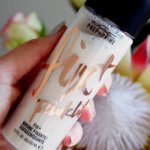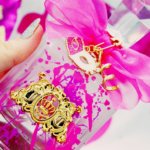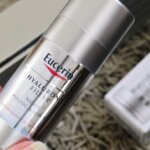Jen Spiro, an occupational therapist and the co-founder nurtureOne™ nesting cushion, used to work in a practice that saw numerous young children for therapy. They presented with not only developmental delays, but also sensory issues, requiring occupational therapy intervention. On further investigation, often identified during the history taking, the parents would inform Jen that the child was born prematurely. At birth, these babies were placed in an incubator.
Up to 35% of pre-term babies presented with
- developmental delays
- medical problems
- behavioural problems, and
- learning problems.
Jen and her nurtureOne™ co-founder, Esther Nieder-Heitmann, wanted to prevent the sensory and developmental problems that these babies presented with at a later stage. The aim of the research was to create an ideal sensory and developmental environment and approach to the pre-term baby to prevent the above concerns. Through much investigation and research, the nurtureOne™ nesting cushion evolved!
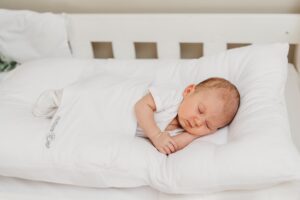
What Jen and her co-founder, Esther found was that their approach was not only significantly helpful for the pre-term baby, but also necessary for the first 3–4 months of a baby’s existence, also known as the “fourth trimester”.
What is the fourth trimester and why is it important?
It is important to understand the fourth trimester to provide our new-borns with the best possible environment post-birth. Ideally, human gestation should be 12 months – pregnancy, plus the first 3–4 months of the baby’s life. Think about it … only humans give birth to offspring that are fully dependent on them. In the animal kingdom, other new-borns are initially dependent on their mothers for nutrition, but are often able to walk around in the first few hours of life, while human babies cannot even sit unaided until about 5–6 months old. Evidence shows that if we meet our new-borns’ sensory needs in this fourth trimester, we are providing them with an environment that is ideal for their beginning of life.
Comparing the sensory environment in utero versus that in our world/hospital
Jen and Esther clearly identified the different sensory exposures to which new-borns are subjected, depending on their post-birth experience.
The environment within the uterus versus the environment in the hospital is hugely different. From bright lights, to constant as well as sudden loud noise, to often painful medical procedures, the strong antiseptic smells, not to mention hours lying stretched out in an incubator instead of safely snuggled against a warm human body which is often moving, all lead to an imbalance for the nervous system. Overstimulation in some areas (particularly sound and sights) and under-stimulation, or the wrong kind of stimulation, in other areas such a touch and movement.
The sensory and developmental experience of the new-born in hospital is therefore vastly different to the sensory development of the foetus in utero. It is vital to be aware of this, as it is where our preterm babies should have been spending their last stages of development. Careful analysis of the two environments, and understanding what the premature baby should experience, led Jen and Esther to the design and development of the nurtureOne™ nesting cushion.
The nurtureOne™ nesting cushion was then trial tested in a study (together with kangaroo care) to see how effective it would be. It was noted from a sensory and developmental perspective that if the baby was placed correctly on the nurtureOne™ nesting cushion in the incubator, the baby did far better than when placed in the incubator without one. The nurtureOne™ nesting cushion provided a suitable sensory environment, allowing the baby to assume a contained and appropriate position. Mothers or caregivers could breast or bottle-feed the newborn while they were still settled inside the cushion, creating a comforting experience that builds the bond and relationship.
It also assisted the staff with moving the baby – the nurtureOne™ nesting cushion could be moved while the sick baby remained asleep on it. This promoted growth and development.
So, whether your newborn is premature and requiring some weeks in the NICU, or full-term and only a couple of days in hospital before heading home, it is wise to consider the sensory environment for your baby, and to ensure that you make the transition from inside the womb to the outside world is as supportive of their needs as possible.
The nurtureOne™ nesting cushion was designed, and is endorsed by, medical practitioners to meet the sensory needs of the premature baby and is used in intensive care units (ICUs) country-wide. Full-term babies (especially in their fourth trimester) also benefit from the nurtureOne™ nesting cushion. The cushion can be used by all new-borns until they outgrow it, which varies depending on the size of the baby, but in general is usually around seven months.
The specially designed nurtureOne™ nesting cushions provide the same sense of calm and security that babies felt in the womb, assisting in sustaining good sleeping patterns.
ABOUT nurtureOne ™:
Researched, designed and developed by medical practitioners. Endorsed by Occupational, Sensory and Developmental Therapists. nurtureOne ™ are dedicated to helping parents provide a tranquil, secure resting environment for their newborns, promoting a seamless integration of baby into our world.

